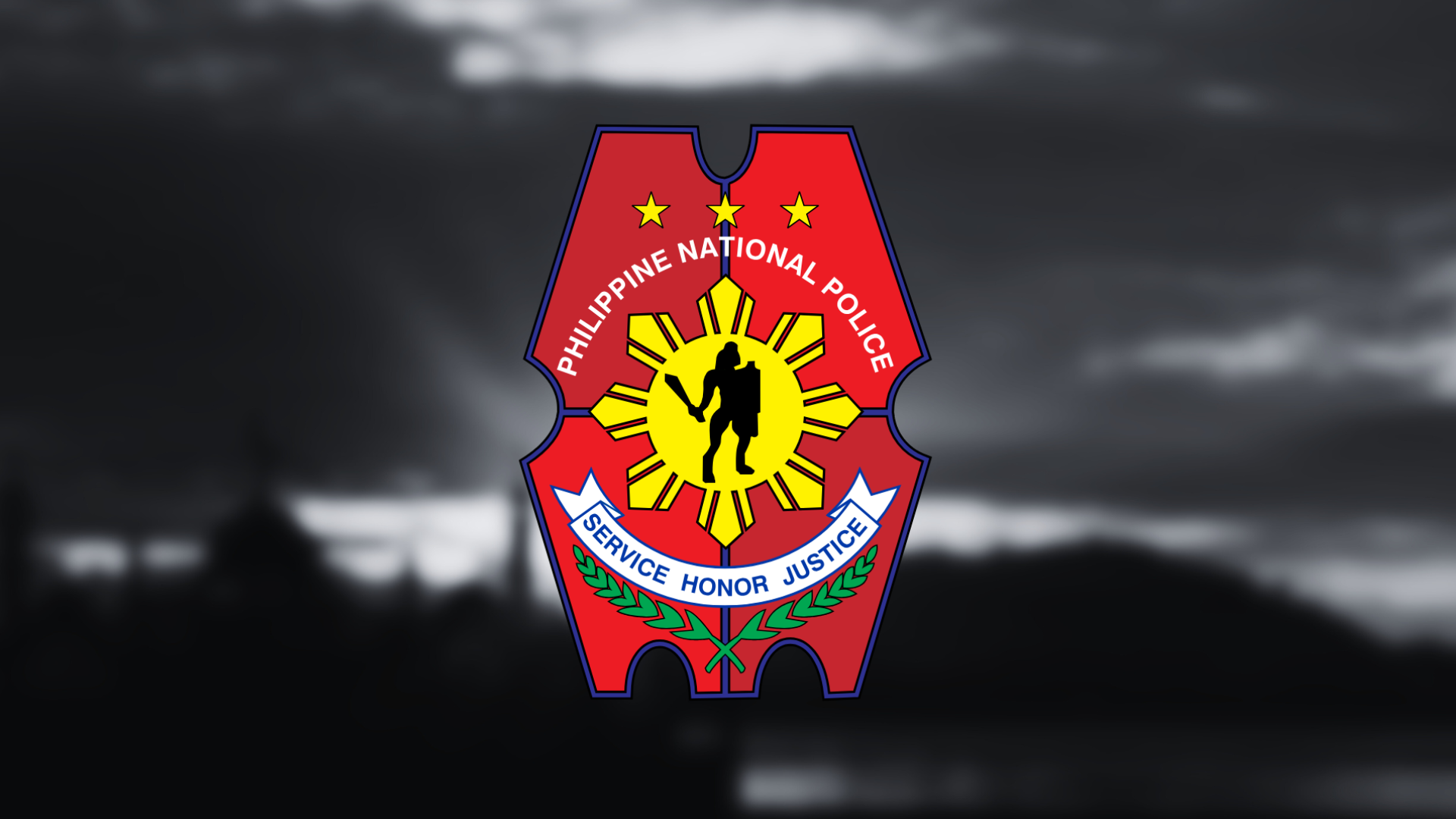The Republic of Korea will launch the Science and Technology Satellite-2 (STSAT-2) via Korea Space Launch Vehicle-I (KSLV-I) sometime between October 26 and October 30 at the Naro Space Center in Goheung, Jeollanam-do.
Russia built the first stage of the KSLV-I, while South Korea carried on the second stage that is solid-fueled in the hopes of successfully launching STSAT-2 into outer space. The rocket launch will be the third attempt of Korea to bring the satellite into orbit after two failed attempts previously.
Department of Foreign Affairs (DFA) Acting Assistant Secretary Bernardita Catalla has relayed South Korea’s plan for a satellite launch to Defense Secretary Voltaire Gazmin, according to Executive Director Benito Ramos of the National Disaster Risk Reduction and Management Council (NDRRMC) during a Camp Aguinaldo press conference.
Consequently, the DFA also informed the NDRRMC that rocket debris may fall off 800 nautical miles over the Philippines’ eastern coast.
Executive Director Ramos stated possible scenarios as follows: the whole rocket booster may fall, only disintegrated pieces of it may be shattered, or only burnt ashes of the debris will be ushered on the affected zone.
So as part of the Philippine government’s preparation for the South Korean rocket launch, Executive Director Ramos told the press that the NDRRMC is ready to adopt contingency measures.
He further said that the state will implement “no fly zone” and “no sail zone” along with other preparedness measures anytime when South Korea is expected to launch the rocket. The “no fly zone” and “no sail zone” mandates will cover the Eastern seaboards including Bicol, Dinagat and Siargao Islands, Leyte, Samar, and Surigao City. Such orders will be enforced on the day of the rocket launch from 2:30 p.m to 6:00 p.m.
On October 9, an inter-agency meeting was conducted and sponsored by the NDRRMC to discuss appropriate contingency measures. Among the participating agencies are Civil Aviation Authority of the Philippines (CAAP), Department of Interior and Local Government (DILG), Department of Science and Technology (DOST), National Mapping and Resource Information Authority (NMRIA), Philippine Nuclear Research Institute (PNRI), and Philippine Atmospheric Geophysical and Astronomical Services Administration (PAGASA).
CAAP said during the meeting that local and international flights will be diverted to stay away from the track of the South Korean satellite. Michael Mabanag, CAAP representative, also added that they will issue a “Notice to Airmen” (NOTAM) a week prior to the rocket launch period.
Meanwhile, the Philippine Coast Guard (PCG) has already issued a “Notice to Mariners” (NOTAM), warning mariners from sailing over the eastern portion of Visayas and Mindanao on the day of the rocket launch.
NDRRMC and PCG will also coordinate with the local government units to stop residents from engaging in offshore activities in the Eastern coast during the prescribed period. There will be a fishing ban in affected areas covering 600 km by 400 km exclusion zone. Unfortunately, the ban and warning wasn’t received well by fishing communities.
Pambansang Lakas ng Kilusang Mamalakaya ng Pilipinas (PAMALAKAYA), through its Vice Chairman Salvador France, argued that the fishing ban is “absurd and mind-boggling,” further saying in an Inquirer news that, “The debris that will eventually fall in Philippine waters is probably like the size of an 8-cubic foot refrigerator. But here is the government asking for a fallout area which is twice as (large as) Luzon island.”
Nonetheless, Executive Director Ramos has previously stressed in his recent interview with the media that safety of the Filipino people is his primary concern.





